Guest Editors: R. Lyle Skains and An Nguyen, Dept. of Communications & Journalism, Bournemouth University
Register your interest and submit abstracts at https://www.frontiersin.org/research-topics/17893
Keywords: digital narrative, interactive storytelling, health communication, science communication, science education, science journalism
We are seeking papers for a joint issue with Frontiers in Communication (Science and Environmental Communication; Health Communication) and Frontiers in Environmental Science (Science and Environmental Communication) on digital and interactive narratives and science and health education and journalism. This Special Topic aims to investigate how digital media affordances—such as human-machine and human-human interactivity, multimedia capacities, dynamic visual appeal, playfulness, personalization, real-time immersion, multilinear narrative, and so on—have been and can be used to effectively communicate health and science issues. We would like to go beyond the current discourse on fake news, mis/disinformation and online radicalization, which recognizes the malignant effects of digital media on health and science affairs, to refocus on the positive affordances of digital media—both in direct education (e.g., museums, public demonstrations, school settings) and through the media (e.g., news, film, games)—as communication tools and techniques for health and science topics.
The aim of this Research Topic is, therefore, to explore the current state of play, as well as potential future trajectories, of digital narrative and storytelling in the communication of health and science topics. We invite scholarly investigations, including theoretically driven and practice-related research, on any topic relevant to that overall goal. Some potential topics include, but are not limited to:
- How can science and health be effectively communicated through both playful and informative digital narrative and storytelling forms?
- How can information, education and entertainment be integrated into digital narratives about health and science issues?
- How do the socio-technical affordances of digital health and science narrative and storytelling, especially interactivity, affect audience experience, message cohesion, knowledge acquisition, emotional engagement and, ultimately, health/science literacy?
- Can digital narrative and storytelling serve as an antidote to digital health and science mis/disinformation and online science denial more broadly, and in what way?
- How are interactive narratives currently used for health & science communication and what are the social, economic and technological constraints on their production?
Types of Manuscripts:
● Empirical Research Papers
● Practice-led research Projects
● Reviews
● Conceptual Analysis
● Brief Research Reports
● Perspectives/Commentaries
Details on manuscript types: https://www.frontiersin.org/journals/communication#article-types
Abstract Deadline: 31 March 2021
Full Papers: 30 Sept 2021
The full call is at https://www.frontiersin.org/research-topics/17893; please register interest using the “Participate” button, and contact Lyle Skains (lskains@bournemouth.ac.uk) with any questions.



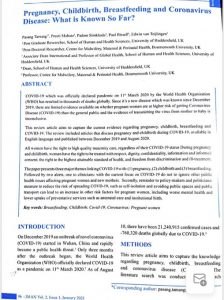
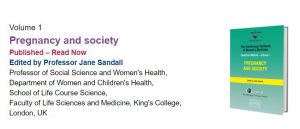
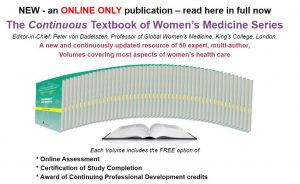
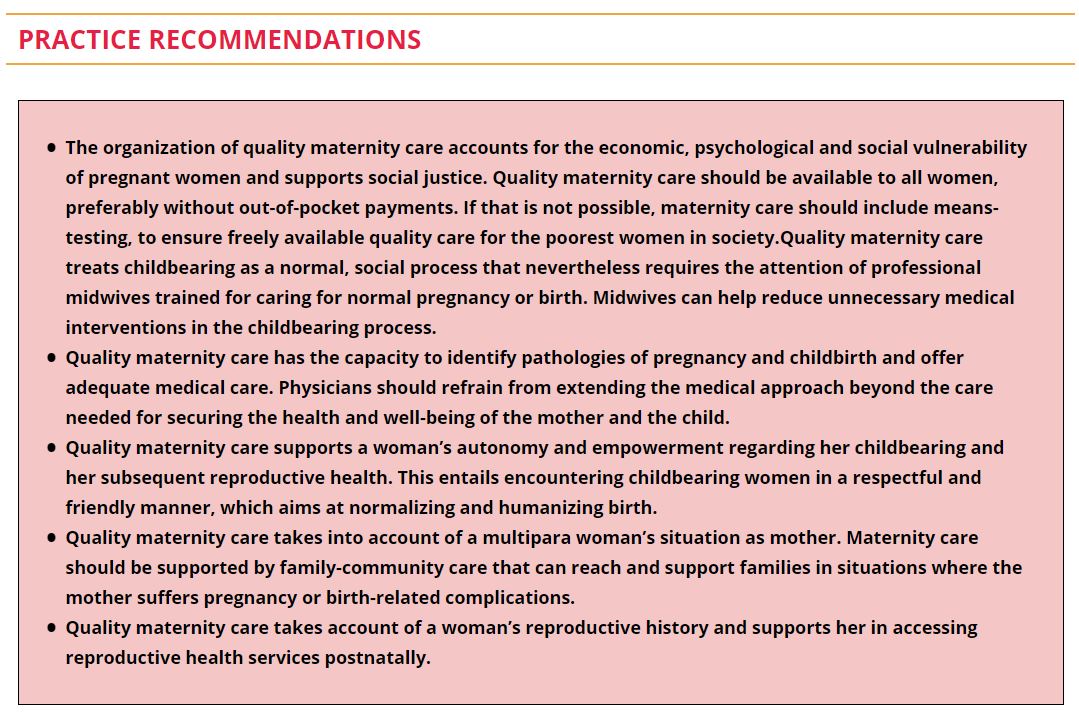

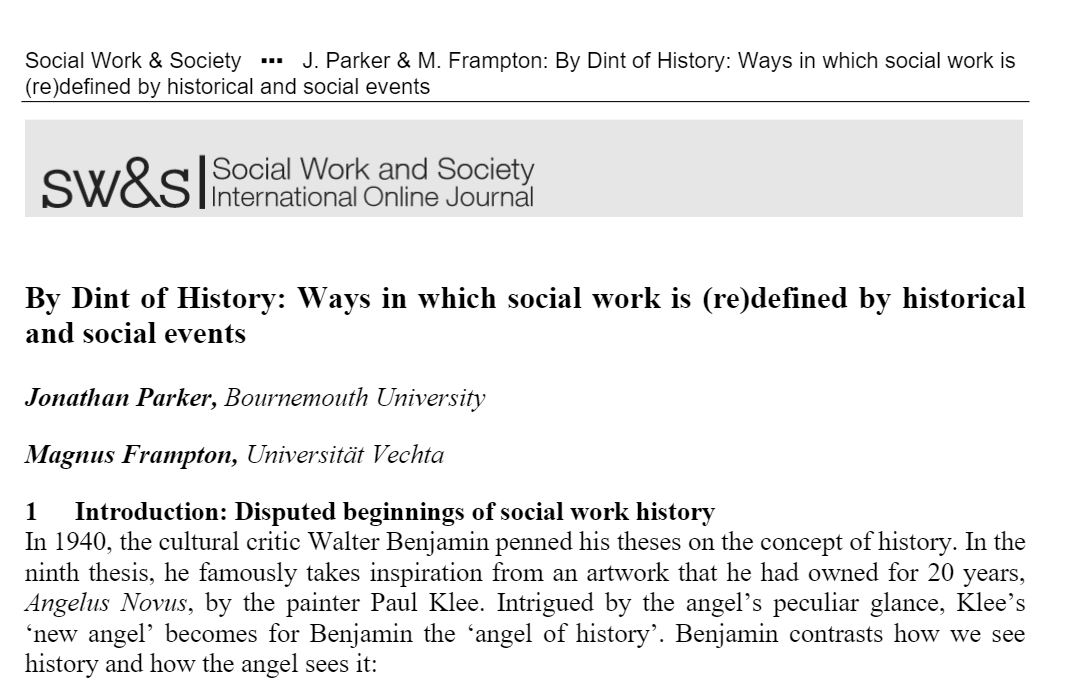
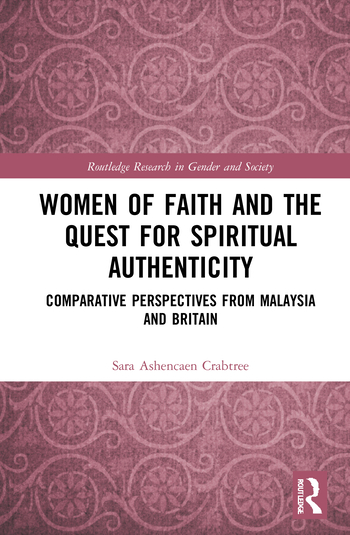
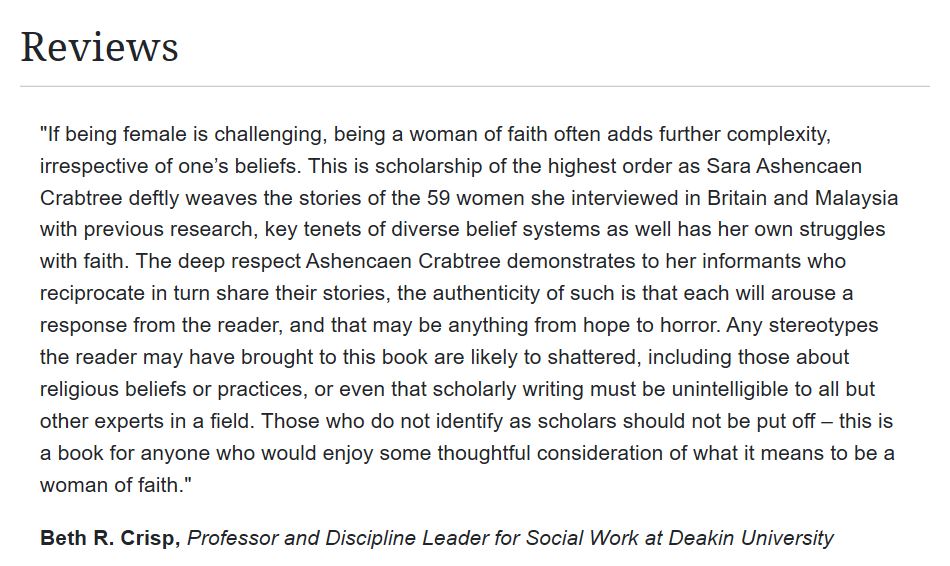
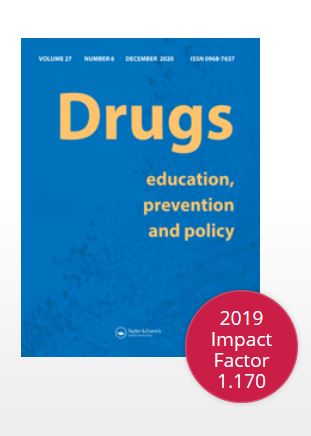
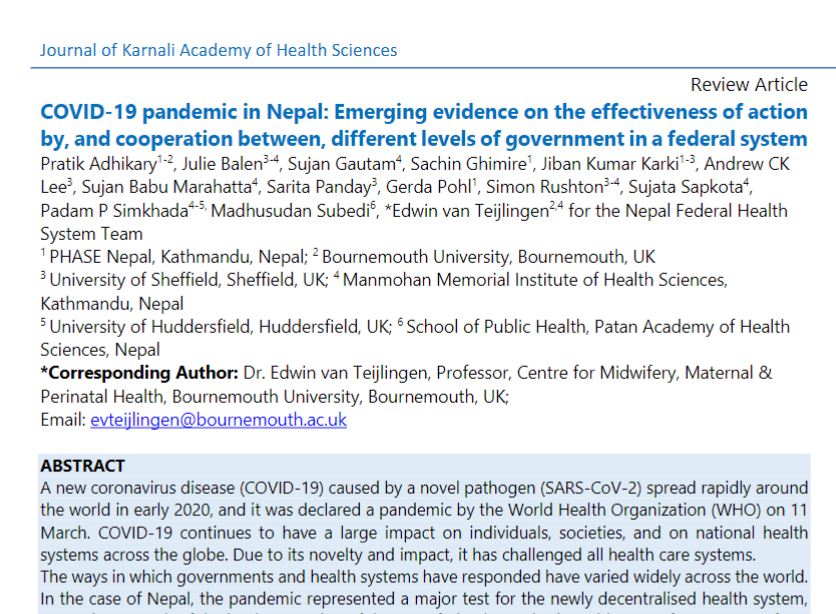
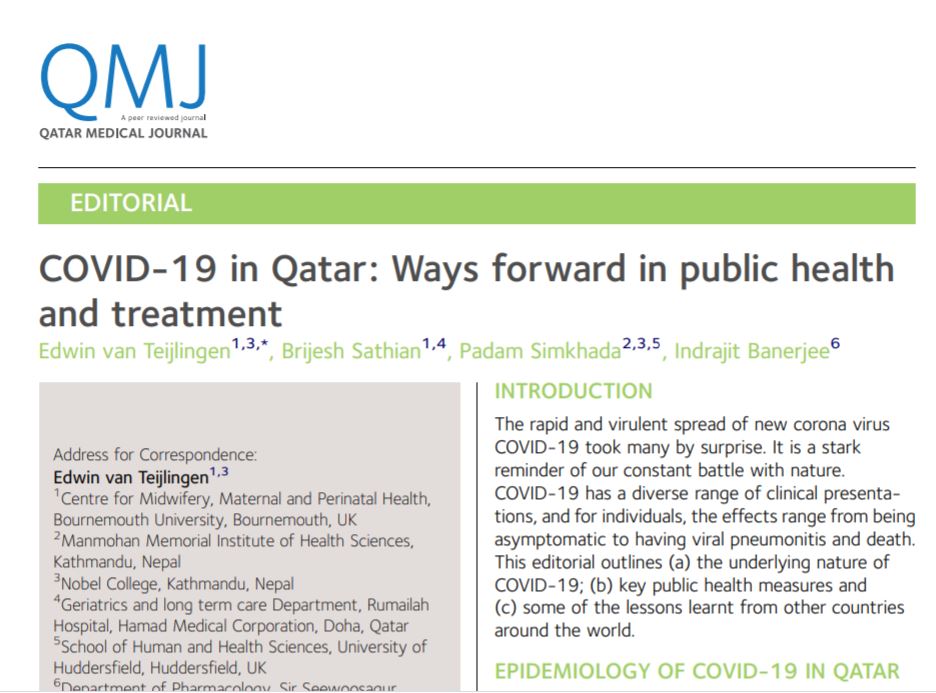
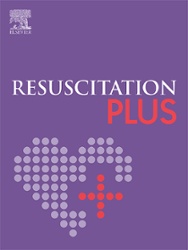
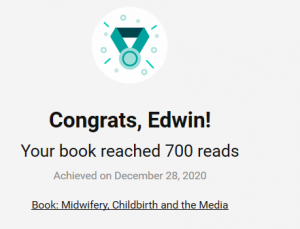

 Staying Active and Independent for Longer (SAIL) is an EU funded project which began in 2017. The project aimed to use the concept of social innovation to develop 10 pilots across 4 countries (France, Belgium, The Netherlands and the UK) that would enable older people to be more active. The members of the research team from Bournemouth University (Prof. Ann Hemingway Prof. Adele ladkin and Dr. Holly Crossen-White) have just published a paper in Quality in Ageing and Older Adults on how social innovation can be applied to develop services that support the needs of older people. The paper entitled, The application of social innovation as it relates to older people and the implications for future policymaking: a scoping review presents research evidence into the use of soical innovation in relation to services for older people and identifies exisitng knowledge gaps. A key point to emerge from the scoping review was that although social innovation has the potential to act as a policy driver, to be effective, it is necessary to devise robust strategies to ensure full user-engagement and active involvement of communities. Furthermore, any future research into social innovation needs to focus upon the process of delivery as this is an aspect of social innovation that has to date received little attention.
Staying Active and Independent for Longer (SAIL) is an EU funded project which began in 2017. The project aimed to use the concept of social innovation to develop 10 pilots across 4 countries (France, Belgium, The Netherlands and the UK) that would enable older people to be more active. The members of the research team from Bournemouth University (Prof. Ann Hemingway Prof. Adele ladkin and Dr. Holly Crossen-White) have just published a paper in Quality in Ageing and Older Adults on how social innovation can be applied to develop services that support the needs of older people. The paper entitled, The application of social innovation as it relates to older people and the implications for future policymaking: a scoping review presents research evidence into the use of soical innovation in relation to services for older people and identifies exisitng knowledge gaps. A key point to emerge from the scoping review was that although social innovation has the potential to act as a policy driver, to be effective, it is necessary to devise robust strategies to ensure full user-engagement and active involvement of communities. Furthermore, any future research into social innovation needs to focus upon the process of delivery as this is an aspect of social innovation that has to date received little attention.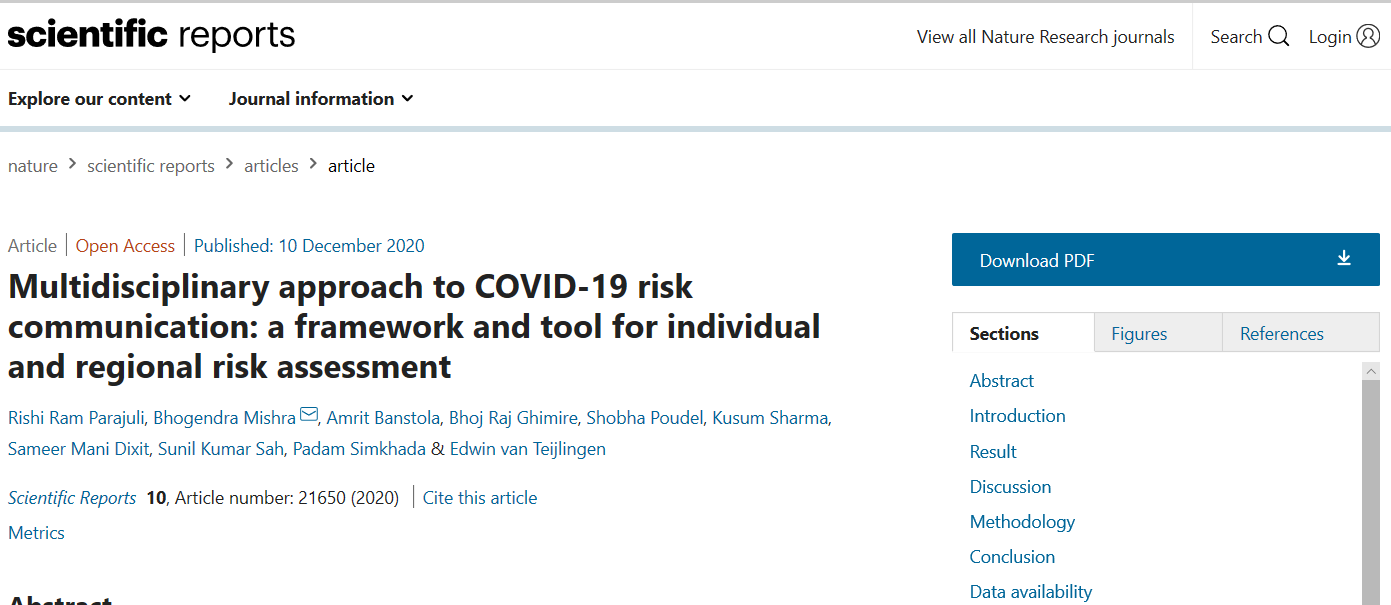
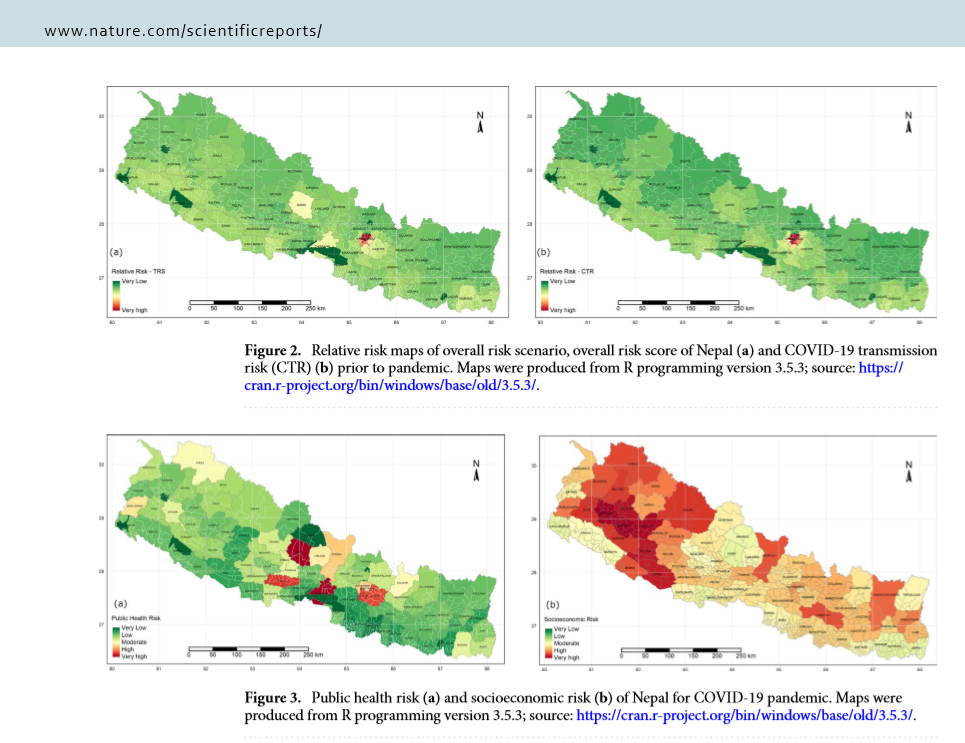












 TANGERINE project has lift off with BPC Indian Community!
TANGERINE project has lift off with BPC Indian Community!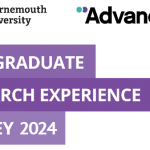 Postgraduate Research Experience Survey (PRES) 2024 – Closing today
Postgraduate Research Experience Survey (PRES) 2024 – Closing today THE INNOVATION COMMON ROOM: Going Old School
THE INNOVATION COMMON ROOM: Going Old School Apply for up to £1,000 to deliver an event and take part in a national festival of public engagement with research
Apply for up to £1,000 to deliver an event and take part in a national festival of public engagement with research MSCA Postdoctoral Fellowships 2024
MSCA Postdoctoral Fellowships 2024 Horizon Europe News – December 2023
Horizon Europe News – December 2023